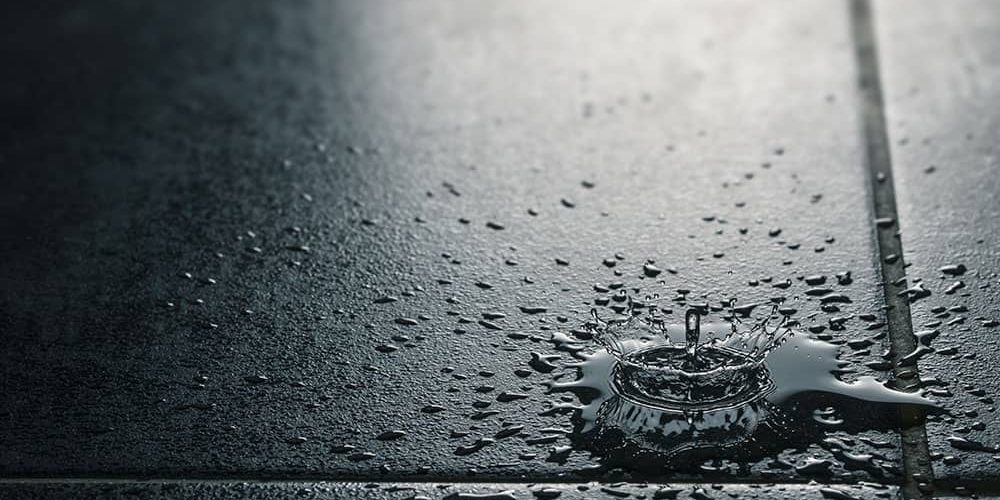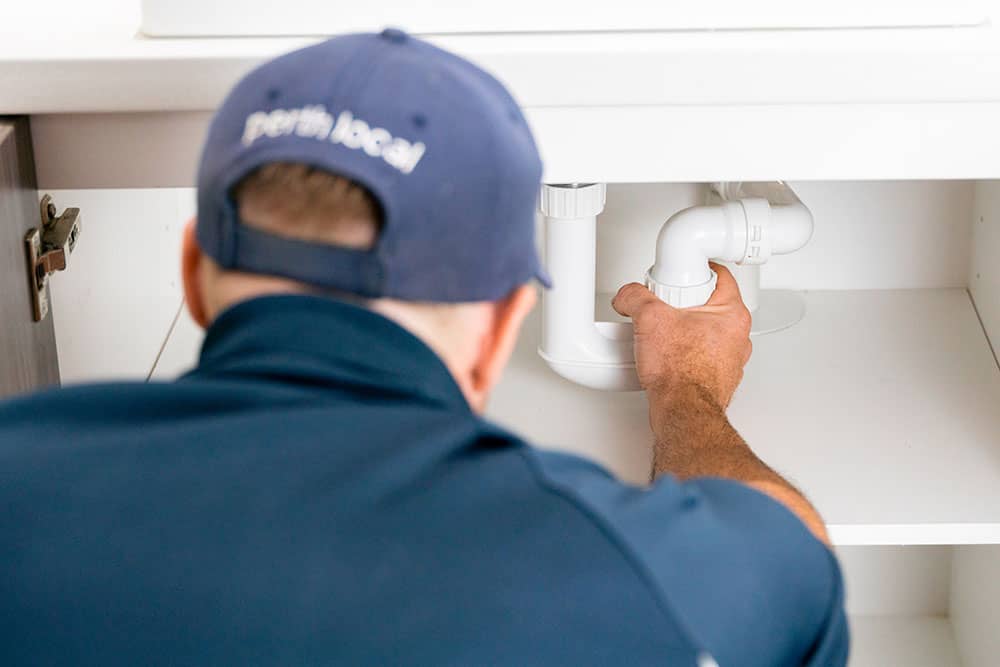The first leak detection dog in Australia celebrated her fourth birthday last June 2021 at Parliament House. Kep is a special dog that has saved about 800 million litres of water by spotting leaks in regional Western Australia. But you don’t need your own water leak detection dog because it’s not that difficult to spot leaks.
Using Your Water Meter
The water meter is often the best place to start if you suspect that you have a leak problem in your WA home. Here are the steps to follow:
- Make sure that all taps are off. Any appliance that uses water should be turned off, as well.
- Go to your water meter and look at the numbers. It’s usually found in the front garden near the verge.
- Take note of the last three numbers shown on the meter. Remember those three numbers or write them down so you don’t forget their order.
- Wait about 15 to 30 minutes. The longer you can wait, the better. But typically, 15 minutes would suffice, especially if you’re in a hurry.
- Look at the numbers on the meter again and see if they increased.
If the numbers moved, then it’s highly likely that you have a leak. The next step now is to find that leak. You may want to start investigating inside your home. Here are some of the most common spots to watch out for:
- Kitchens, bathrooms, and laundry rooms are often the most frequent places where leaks occur. Bathrooms, specifically showers, are the biggest water users, making up 34% of water consumption. It’s followed by the toilet (26%) and laundry (23%). You could have a broken washing machine, or your dishwasher’s connection is damaged. Wet floors and sinks will tell you that the leak is in any of these areas.
- Do you constantly hear the sound of water dripping in the kitchen? You probably have a leaky tap problem, which you can try fixing by following our DIY repair guide.
- Look at the walls in your house. Have you recently observed that there are damp patches? If so, they may have resulted from penetrating dampness. That means water from the outside has entered the brickwork of your house interiors through the gaps and cracks.
- Check the toilet cistern. Many people find that dropping a small amount of food colouring in the tank will help with the detection process. Don’t flush the toilet to see if the colouring stays. If it moves and the tank slowly empties itself, you have a leak.
Water leaks don’t just happen inside homes. If you cannot find any sign of leak indoors, it’s time to move your investigation outdoors. Even if you already found the culprit, you may want to see if there are also problems outside the house. Here are some ways to check the outside of your home for leaks:
- Check the sprinklers and other irrigation systems that you use. The outdoor garden is one of the most common areas where leaks occur. So, don’t miss signs like dripping hoses and taps.
- Look at other components found in the yard, such as automatic solenoids or manual isolation valves.
- Old pipes are a common cause of leaks. Western Australia loses about 30 billion litres of water every year due to ageing pipes. Yours could be among the contributors.
- Unstable and damp brick paving tells you there’s a leak to fix.
- Specific garden areas appear moist and greener than others. This is another sign of a water leak.
Be vigilant if your home has been around for more than 25 years. The plumbing system could be declining, so it should be replaced with a new one.
Once you find the leak, it doesn’t mean that your job is done. Certain problems can be fixed on your own. For example, if solenoid valves are not working, it typically stems from degraded O-rings. Therefore, the best way to repair the issue is to replace them to fix the leak.
A stop tap may also be used, which you can find at the water meter. It’s installed to ensure that water stops flowing in the house. Using the stop tap is essential when carrying out maintenance and repairs. Although it can help if you have a leak issue, it is not a permanent solution.
Water Leak issue: Who Do You Call?
Plumbing is often complex. Sometimes, detection is not easily carried out, which is why it’s crucial to call a licenced plumber to your house immediately. Many homeowners make the mistake of delaying the service because they think the leaks will disappear. They won’t. Get in touch with a reputable plumber like Perth Local Plumbing & Gas and have the leak tracked down and repaired for you.
Once the repair work is complete, we recommend that you perform the leak detection test again outlined at the beginning of this blog post. It will help to confirm whether or not the leak has stopped.






